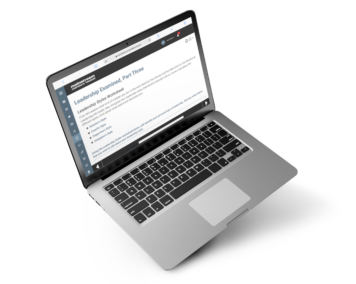27
Jan
5 reasons leadership training should be for all employees
Regardless of the myth that "leaders are born and not created," skills can be taught and improved through leadership training. Developi...
“A different language is a different vision of life,” said the Italian filmmaker Federico Fellini. Employees who use English as a second language demonstrate great commitment and skill in learning a language other than their native tongue. There are subtle differences between languages because of social influences and workplace demands that can create or strengthen the language barrier for employees who have learned a language other than English in their formative years. That barrier is an obstacle for both employer and employee, severing what could be productive relationships with co-workers and clients.
This course will identify any gaps in communication as the result of cultural language differences, and provide exercises to help connect those gaps. This course is written for employees with intermediate competency in English as their second language. Exercises will explore the four main categories of communication: Speaking, Listening, Reading and Writing.


After you complete this course, you will be able to:
Session 1: Course Overview
Session 2: Self Awareness – Skills of Self and Others
Session 3: Words and Positive Workplace Culture
Session 4: Productive Conversations
Session 5: Telephone/Videoconferencing Review
Session 6: Wordsmith’s Toolbox
Session 7: Putting Words to Work
Session 8: Individual Action Planning
A Personal Action Plan
Course SummaryRecommended Reading ListPost-Course Assessment